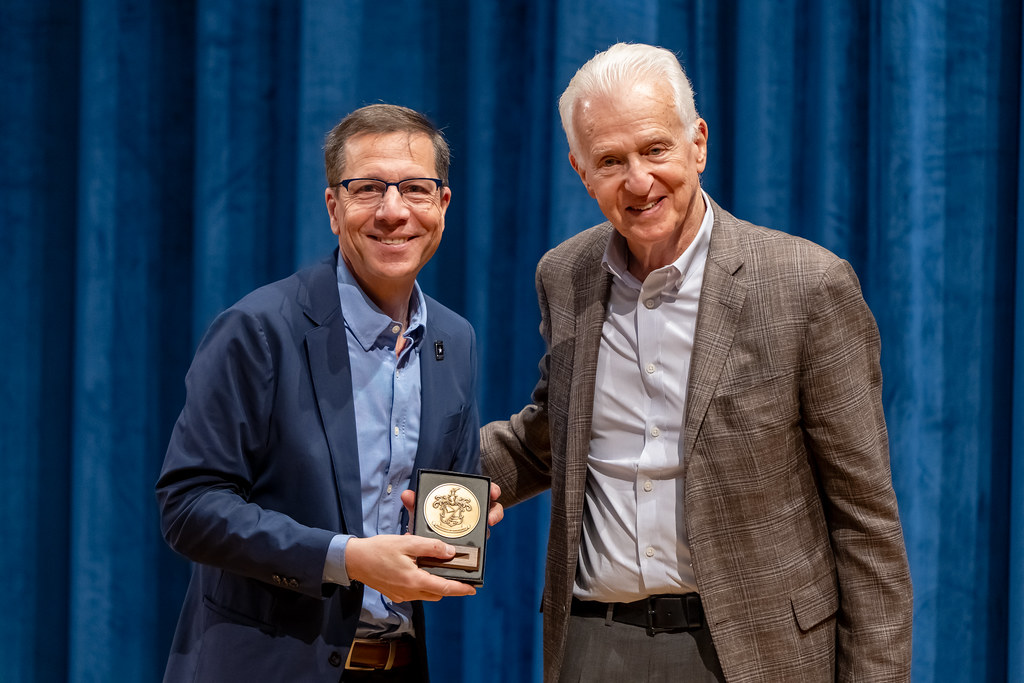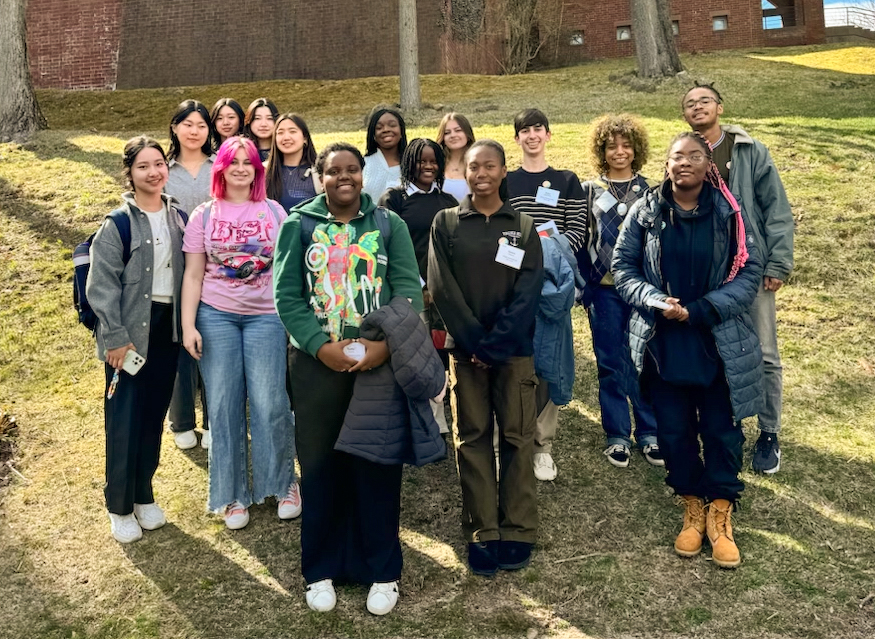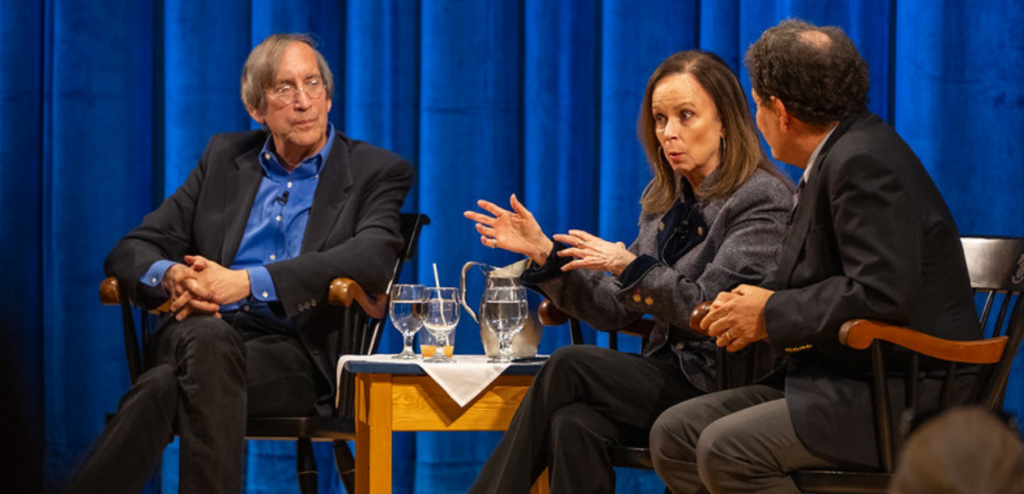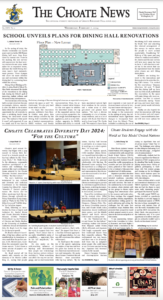On January 24, the students and faculty members of the Environmental Immersion Program (EIP) went on an exclusive tour of the Yale Peabody Museum of Natural History, which has been closed to the public since March 2020 due to renovation.
During their visit, they were given a private tour by the museum’s director, Mr. Dave Skelly, and had the opportunity to explore the research wing of the museum, where they examined collections of rare or extinct specimens.
When asked about the trip, Kohler Environmental Director Mr. Joe Scanio said, “What I think was most amazing was just the incredible biodiversity and the wealth of knowledge that’s sitting in those collections.” Jasmine Khuu ’24, a student in the EIP, also appreciated the biodiversity on display, listing a few examples. She said, “I thought the Himalayan monal and the albino bluejay were very interesting. The experience was really eye-opening.”
The Yale Peabody Museum is closed to the public until January of 2024 due to ongoing renovations, making the trip all the more special. When asked about how Choate became involved with the museum, Mr. Scanio said, “A lot of people are just very willing to engage with students who are interested in their work, and the EIP has such an obvious focus as a multidisciplinary environmental program.” Most of the EIP faculty are working or have worked in various environmental topics, making them not only experts in their chosen fields but also giving them access to a vast web of connections. Mr. Scanio stated that the EIP “resonates with the type of people [they] interact with because they all see the value of looking at environmental issues through a multidisciplinary lens.”
Along with the trip to the Yale Peabody Museum, the EIP traditionally hosts several other major events for its students. Mr. Scanio shared, “We normally have an annual visit to the Harvard Forest for long-term ecological research, but that was put on hold because of Covid-19.” To provide students with alternative learning opportunities during the pandemic, the EIP attended many online seminars and law conferences. One such conference was The New Directions and Environmental Law Conference hosted by Yukon, whose focus on state and federal environmental regulations was particularly interesting to Mr. Scanio. The EIP also hopes to arrange a trip to research the evolution of the media’s representation of the environment at the Yale Beinecke Library, which holds many preserved historical documents and artifacts.
When asked about the objectives of the EIP, Mr. Scanio said, “There’s a lot of goals for the EIP. One is that it is multidisciplinary to expose students to experts from a variety of fields. The other thing is that we really want the material that we’re covering to tie into the real world.” By attending all these environmental conferences with experts like Mr. Skelly, the EIP hopes to educate students on the real-world applications of their environmental studies. Mr. Scanio added, “If you’re trying to communicate ideas about the environment, how are you doing that as a photographer, as a director, or through your business? That’s why it is so important to try and incorporate some of our ideas we’re talking about in our courses. It allows the students to see their real-world applications.”
Students were particularly curious about the museum itself and how its reconstruction alters the visiting experience. Khuu added, “I was very interested in the reconstruction of the museum, especially how it is catered more towards education and incorporated technology to help people see the museum in a different way.”
The EIP hopes to continue collaborating with experts, universities, and other resources in the environmental field to provide their students with the skills and knowledge applicable to their future careers and studies. In doing so, the program aims to create a legacy of EIP students. Mr. Scanio said, “The direction we’re continuing to head is to provide multidisciplinary and skill-building research. The direction I hope it goes in is that past students circle back and engage with the current students so we can get that kind of reinforcement across the generations of EIP students.”




